Sadly, Danbury’s wondrous military museum is long gone. However, I did see a 38-foot-tall Uncle Sam. It would be the world’s tallest, but there’s an identical one in Ottawa Lake, Michigan.
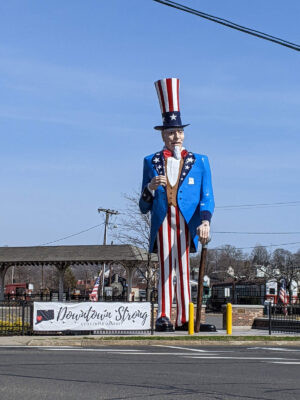

Sadly, Danbury’s wondrous military museum is long gone. However, I did see a 38-foot-tall Uncle Sam. It would be the world’s tallest, but there’s an identical one in Ottawa Lake, Michigan.

As I was mapping my route to New York I noticed a Mark Twain House in Hartford. That seemed worthwhile, so I went. This is the house Twain had built once he was a successful writer. He and his family lived there from 1874 to 1891, when Twain went broke investing in a typesetting machine called the Paige Compositor. The adjacent museum has the only remaining Compositor in existence.

The house is very grand, with art and architectural elements from around the world. Oddly, Twain did most of his writing in the billiard room.
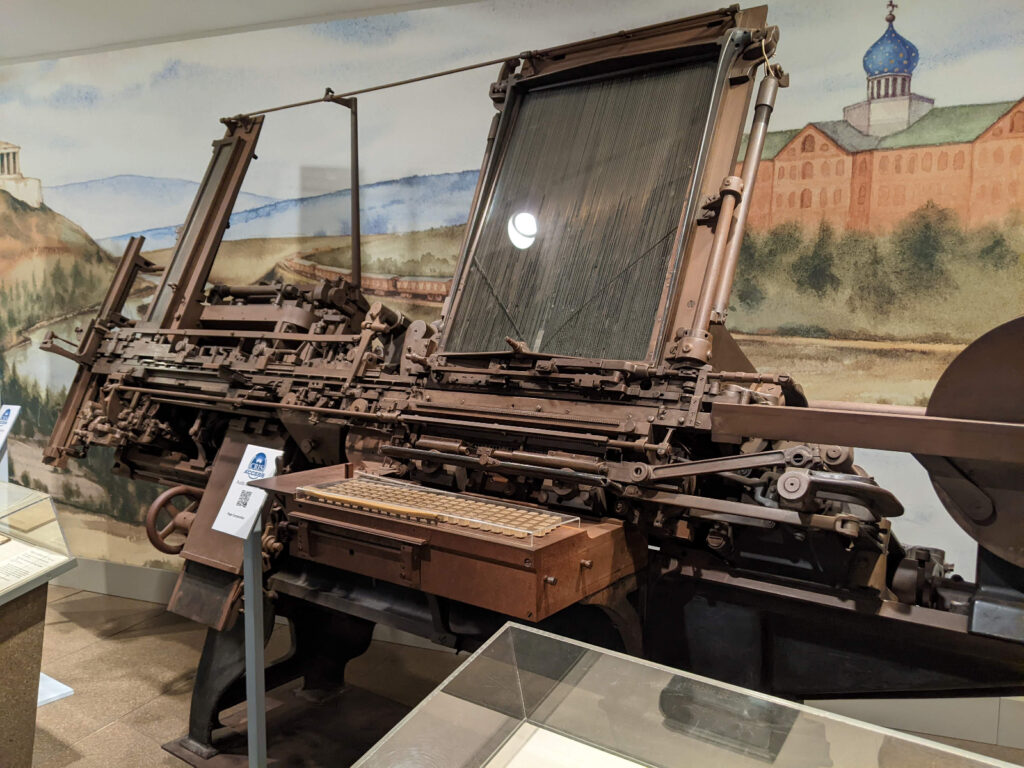
Harriet Beecher Stowe lived next door, and her house also has tours, but was closed.
Ezekiel Wells and Mary Foster Wells died in Simsbury eight days apart in 1762. Their children Israel and Abiah were then raised by Mary’s parents Israel Foster and Ruth Bridges Foster. Ruth died in Simsbury in 1778. Israel Foster died in Simsbury in 1779. Abiah died in Simsbury in 1785.
None of them are in the Simsbury Cemetery.
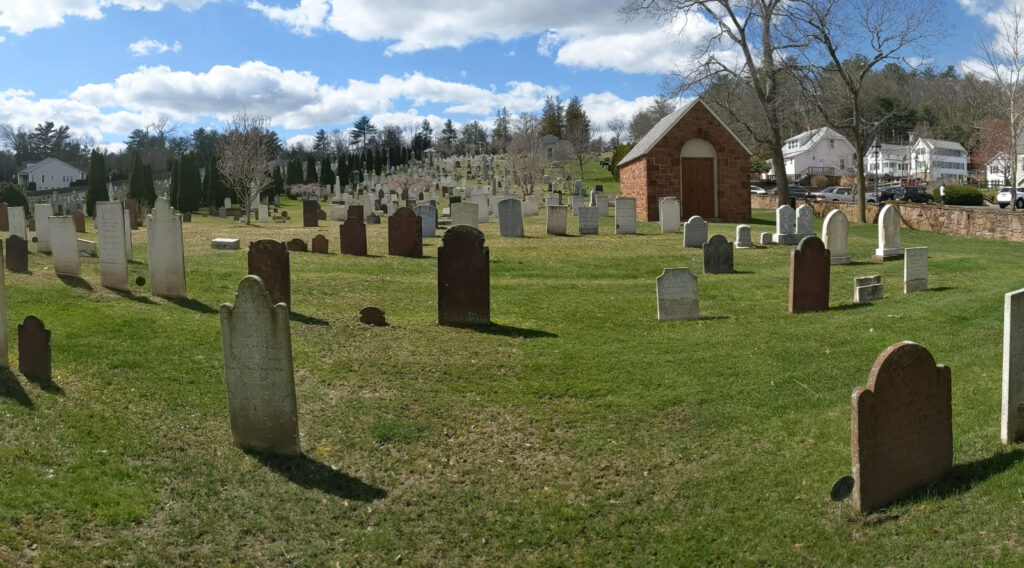
It’s not a small cemetery, but I checked every row back to where most headstones were from the 20th century. Along the way, I noticed that all of the headstones from before about 1820 were of darker stone, so I went back to the first row and rechecked every headstone of that type.
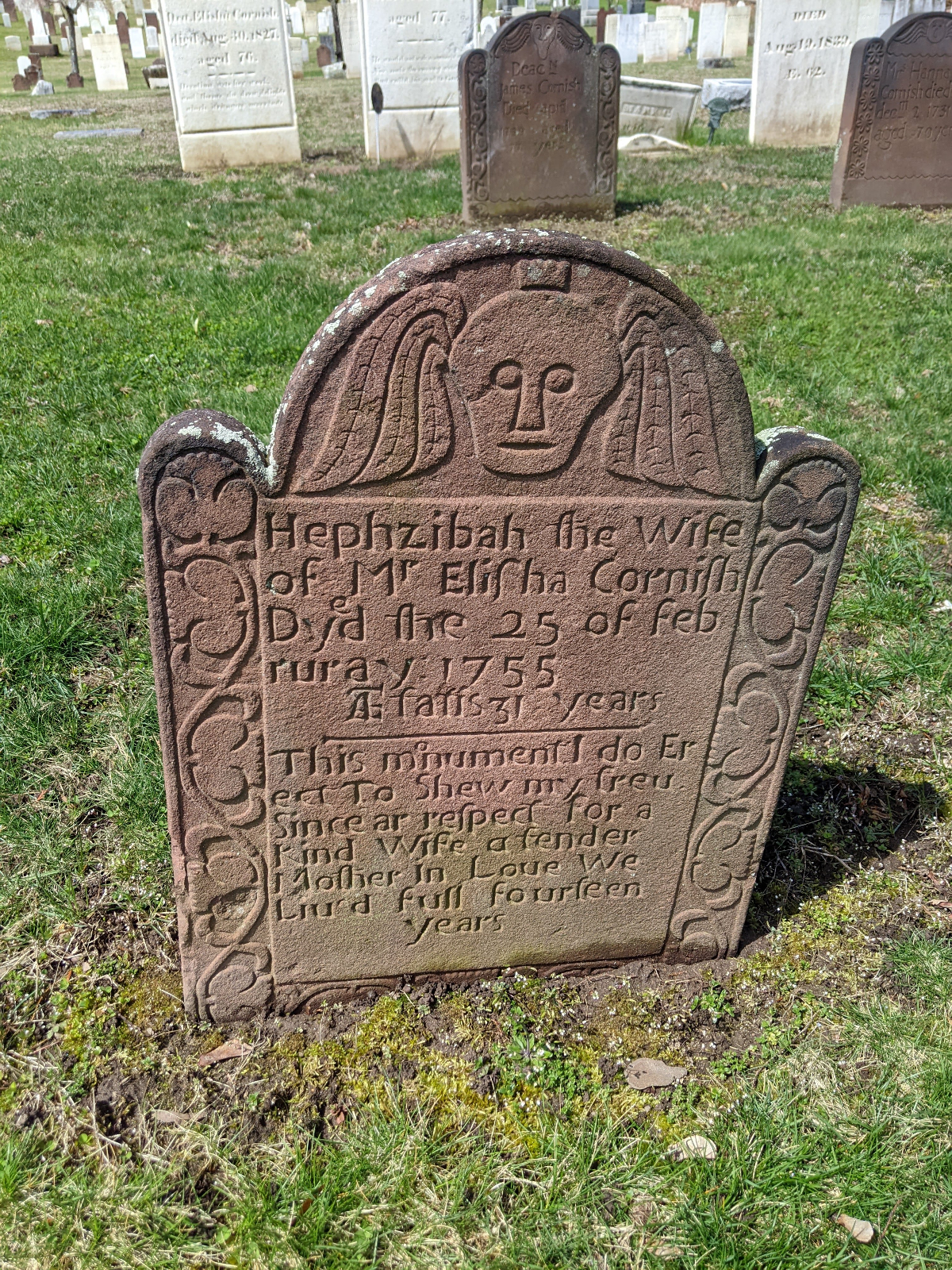
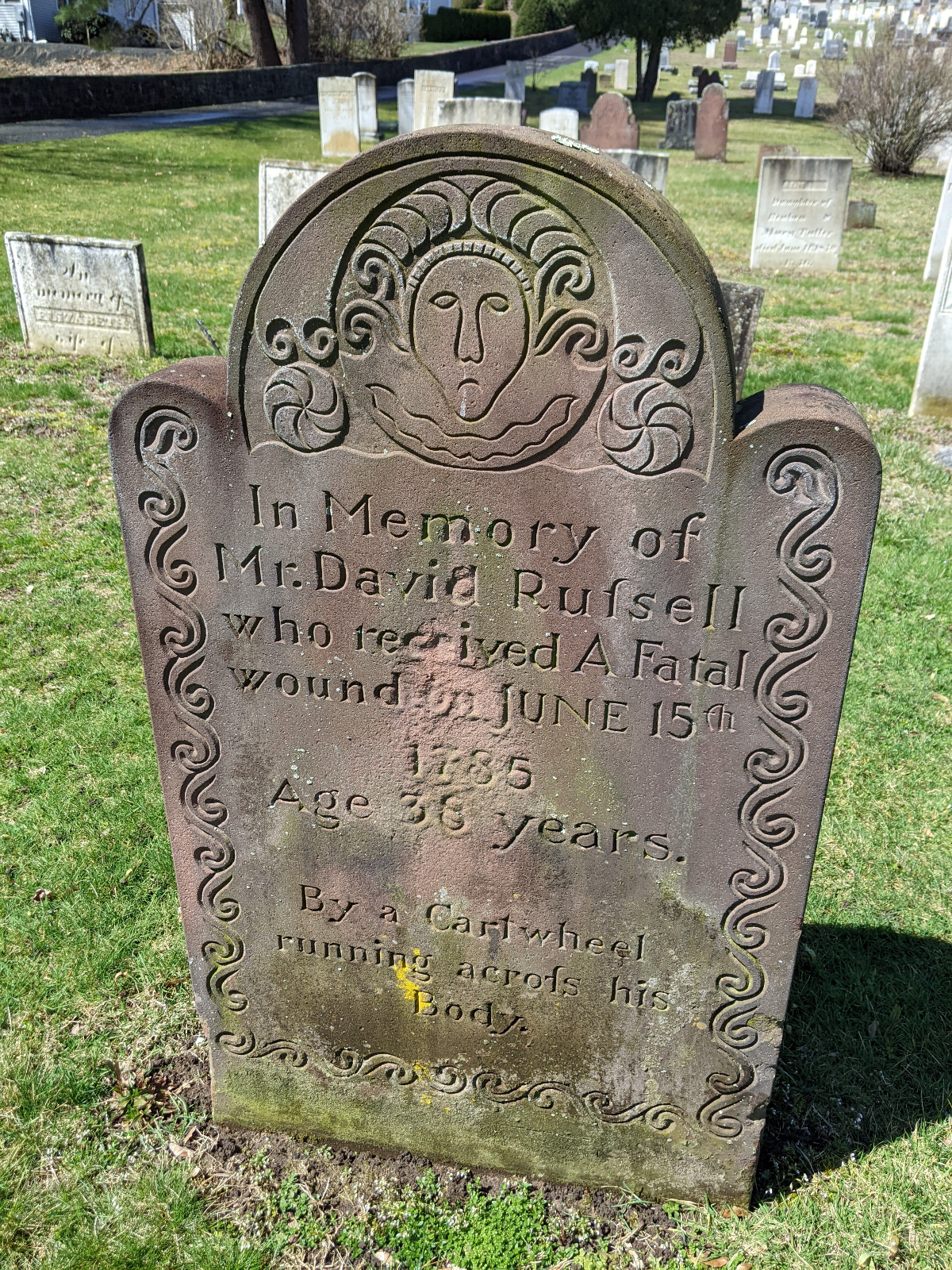

There were some that were so worn or damaged that they were unreadable, but those were either individual graves or in a group associated with a different family (not Wells, Foster, or Bridges). I would expect all five to be buried near each other, so the unreadable headstones don’t seem to fit.
There were some Welles graves from the late 19th century, but no Wells, Foster, or Bridges graves in the whole place. (I did, however, find a Philologus Webster.)
There are some smaller cemeteries in the area, but none of them seem to go back that far.
Some possibilities:
Well, at least the cemetery wasn’t closed.
The Simsbury Historical Society is closed until after I leave. The Simsbury Free Library, with its genealogical collection, is also closed until after I leave. The aforementioned Newport Tower Museum was closed until after I left. The nice-looking restaurant here in the Simsbury 1820 House is closed until after I leave.
I’m sure this is just bad luck and I have no reason to be worried about it.
When I wrote to the Simsbury Historical Society last week, they said that they didn’t have any information on Ezekiel and Mary Wells, but they do have Israel Wells’ powder horn from 1776. There’s a summary of their research on their website (PDF).
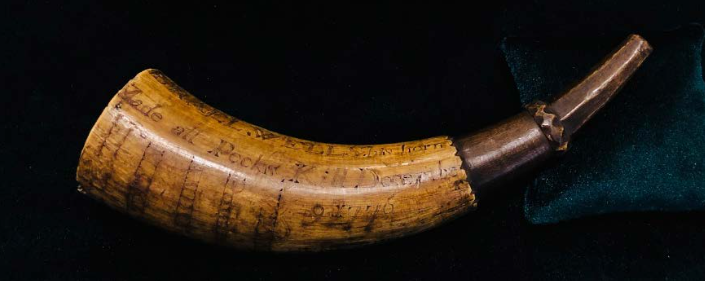
I couldn’t go in to see it, but I could peer in the window and get this picture.

I’m staying at the Simsbury 1820 House, which, coincidentally, was built in 1820. As you can clearly see from the photo, it reflects Georgian and Adamesque influences with its Palladian windows and Doric columned porch. It’s also the birthplace of Gifford Pinchot, and yes, that is the very same Gifford Pinchot who founded the US Forest Service in 1905.

A place as ritzy as this really requires its own custom toilet paper label, and indeed it has one.

Simsbury is where my 4G-grandfather Israel Wells lived prior to the Ohio migration of 1804-1805, when he was in his mid-40s. His parents also lived here until their untimely deaths around age 30, in 1762. Israel and his sister were then raised by their maternal grandparents.
There isn’t much to Simsbury. I expected more of a town, with a town square and streets laid out in a grid around it, but there’s none of that. It’s just a collection of buildings along one side of the Farmington River, built at various times over the last 350 years.
The Starbucks was built in 1762. As you may have guessed, it was not a Starbucks at the time.

It was originally built as a house and used as a tavern during the Revolution. Given the central nature of taverns during that period, I like to think that Israel was in there at least once, when he wasn’t out shooting redcoats.

In a small chapel on Enders Island, just south of the town of Mystic, CT, the incorrupt arm of St. Edmund of Canterbury moulders peacefully in a glass tube.
Edmund of Abingdon died in 1240 and was canonized in 1246. Most of him reposes in France, except for one leg that’s in a town north of London, and this arm, which found its way to the US in 1954 and eventually to this particular chapel in 2002.
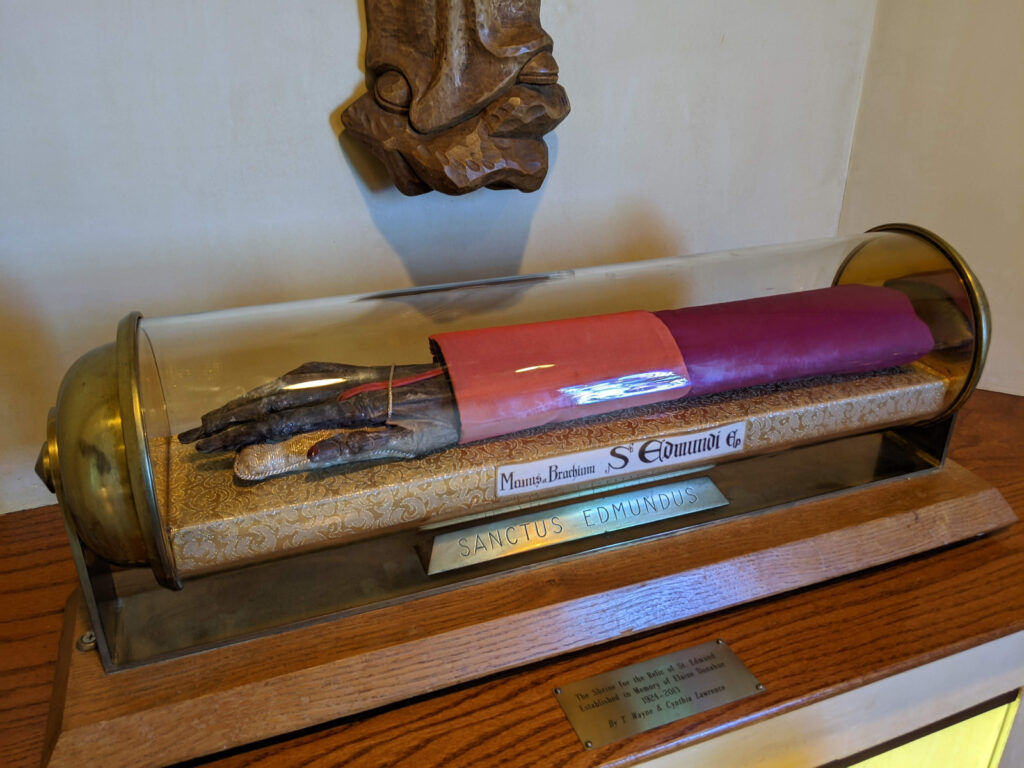
Seeing any severed arm is unusual, but seeing a consecrated one from the 13th century is a real treat. Roadside America rates this “Major Fun”.